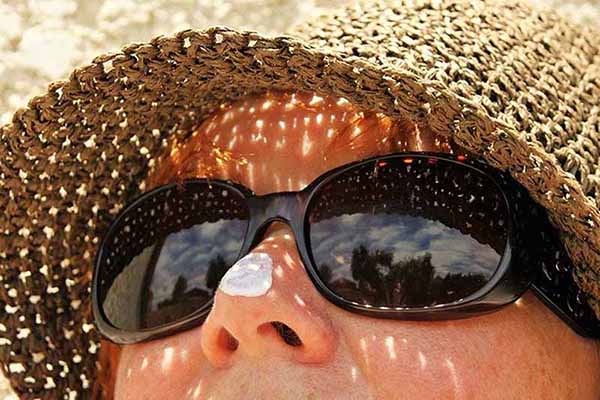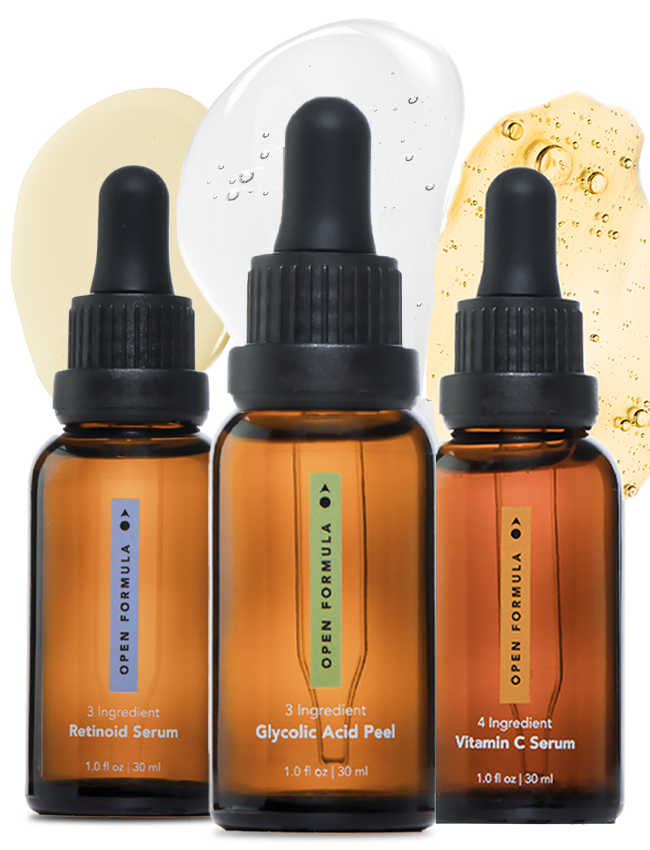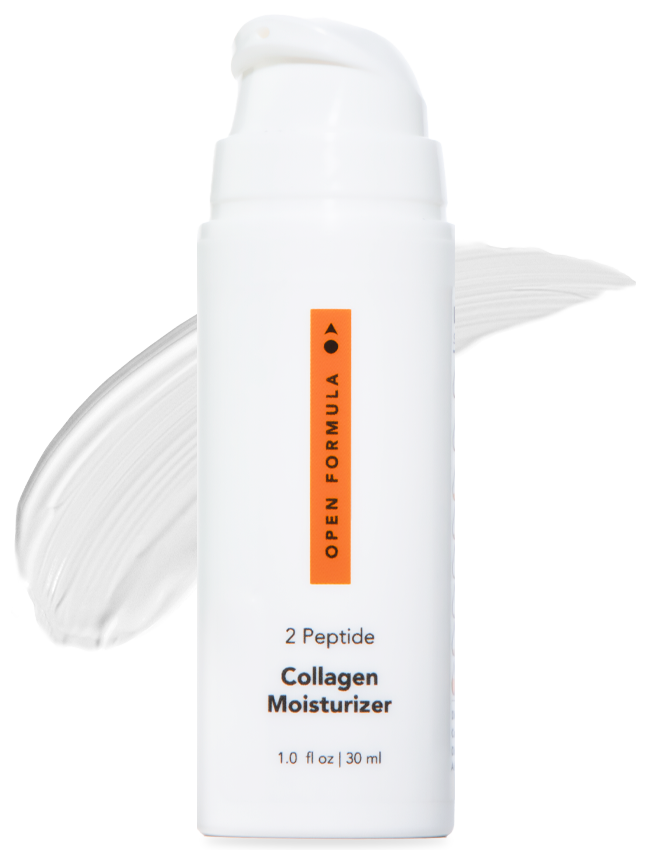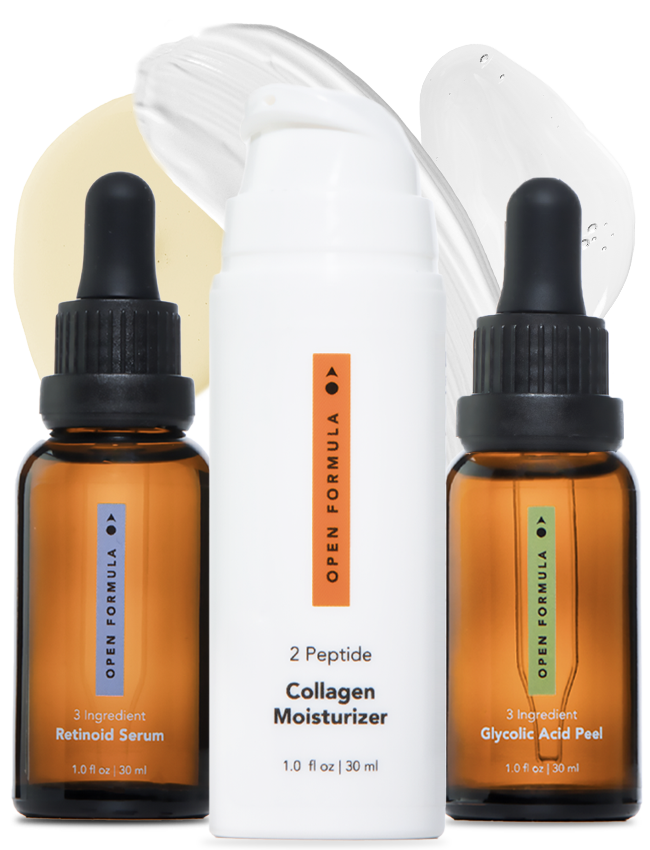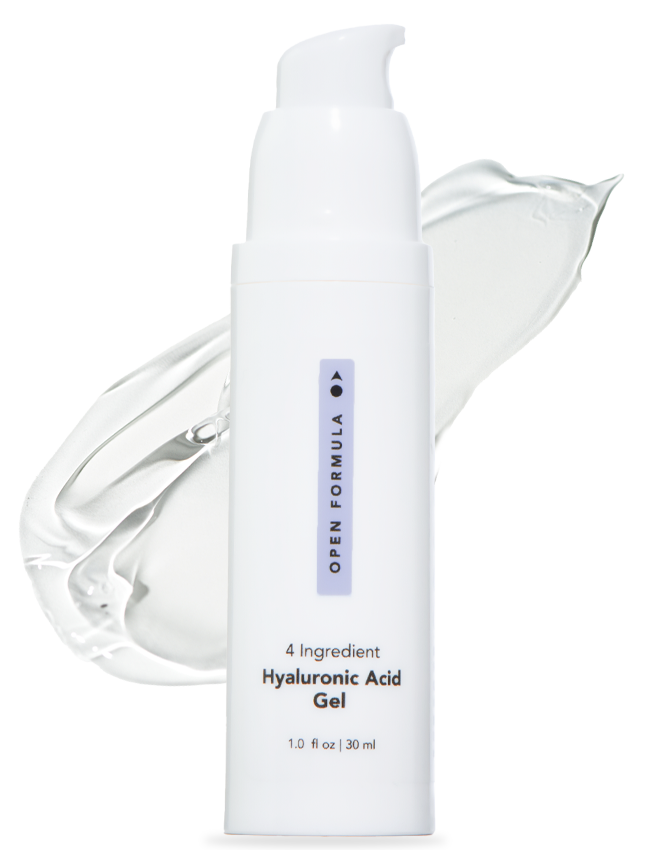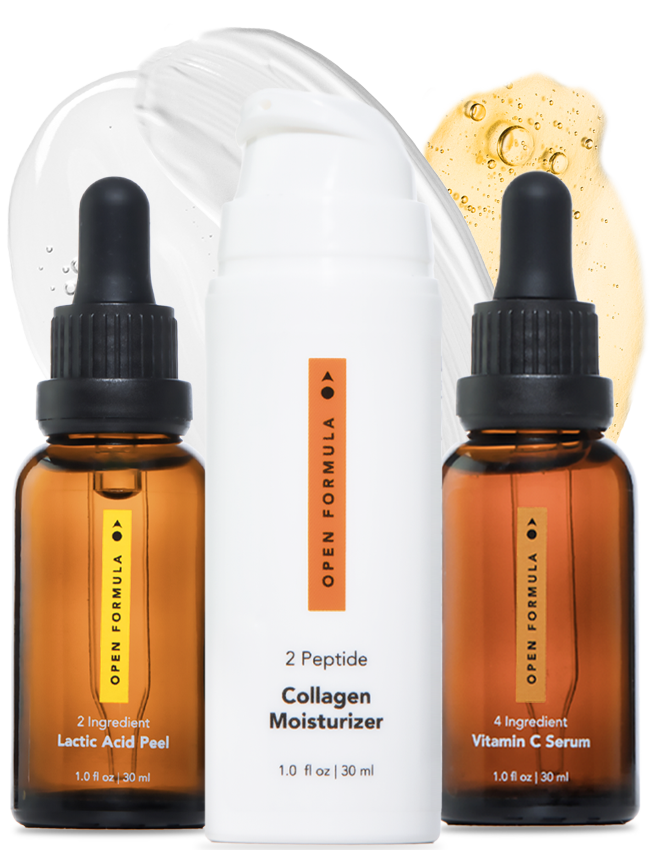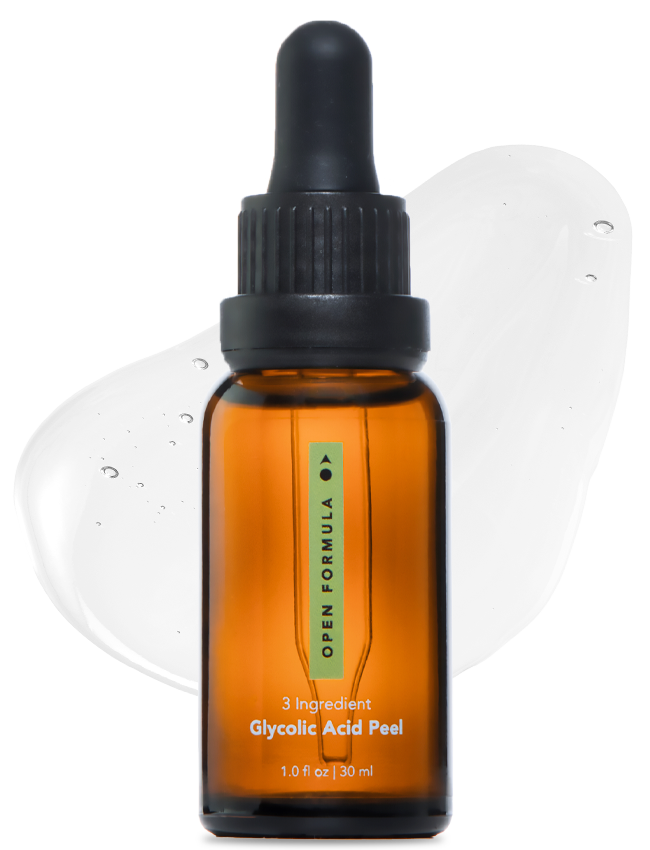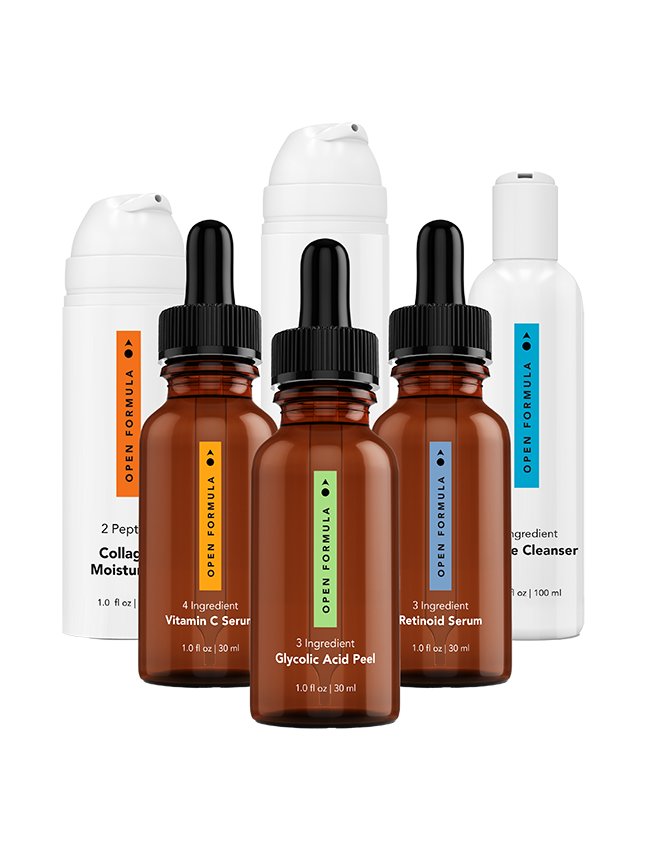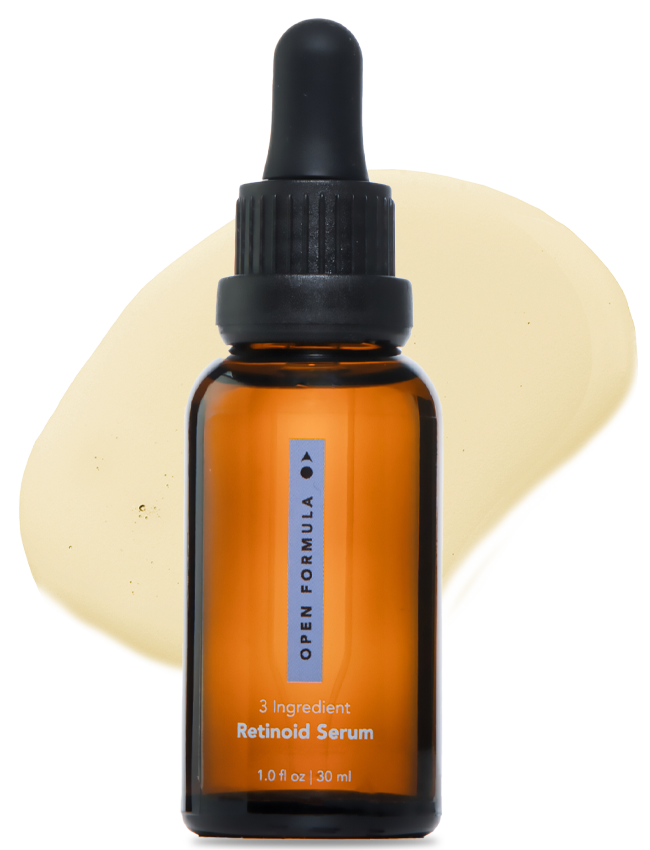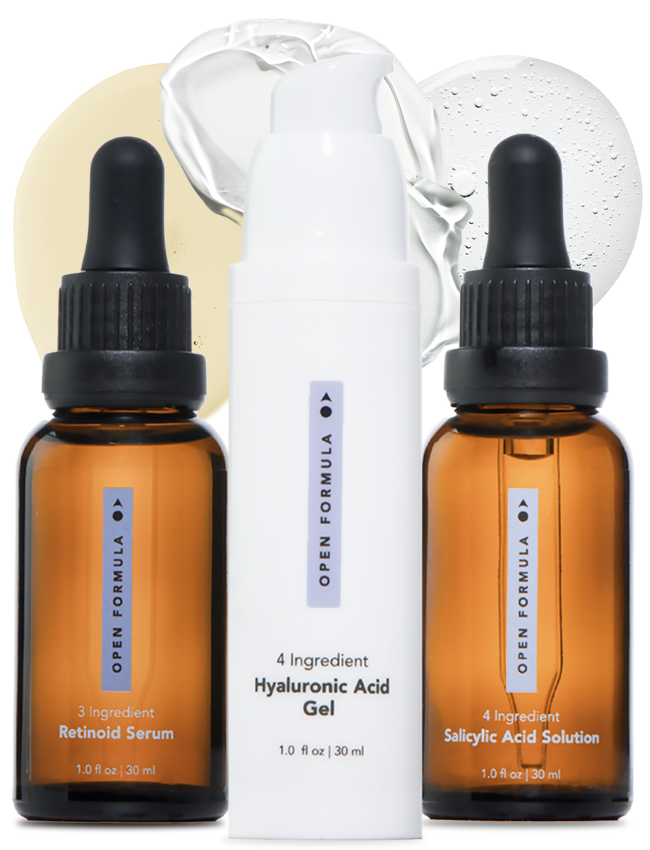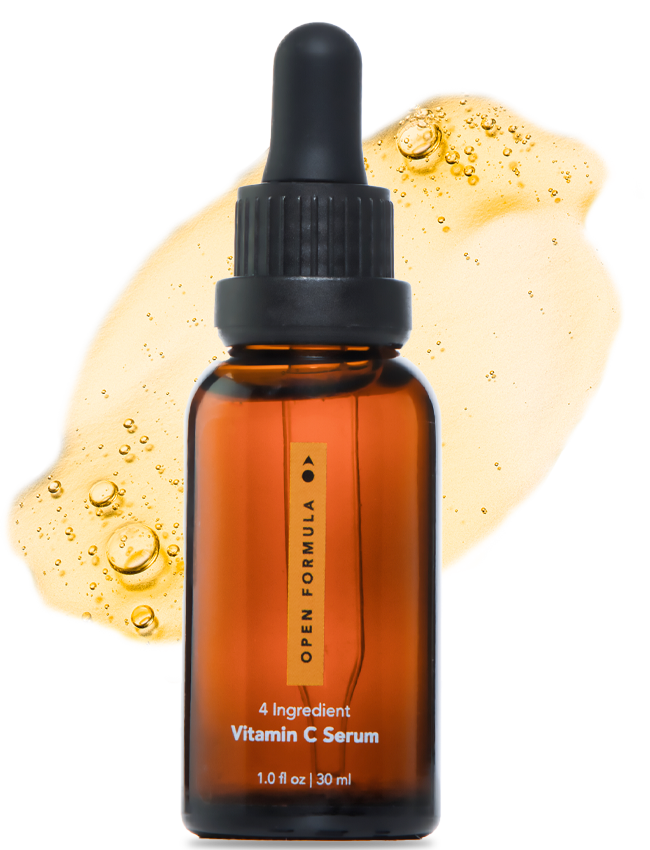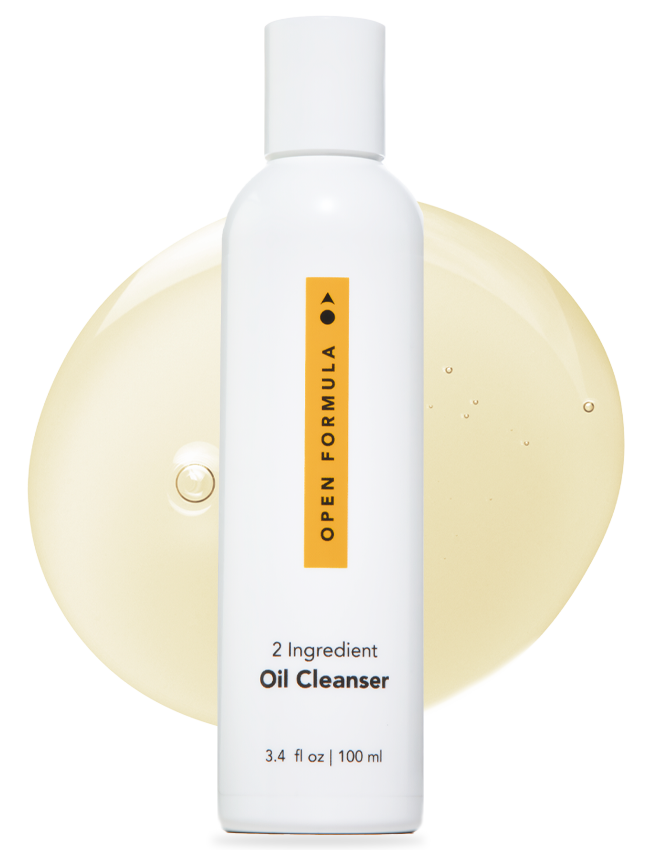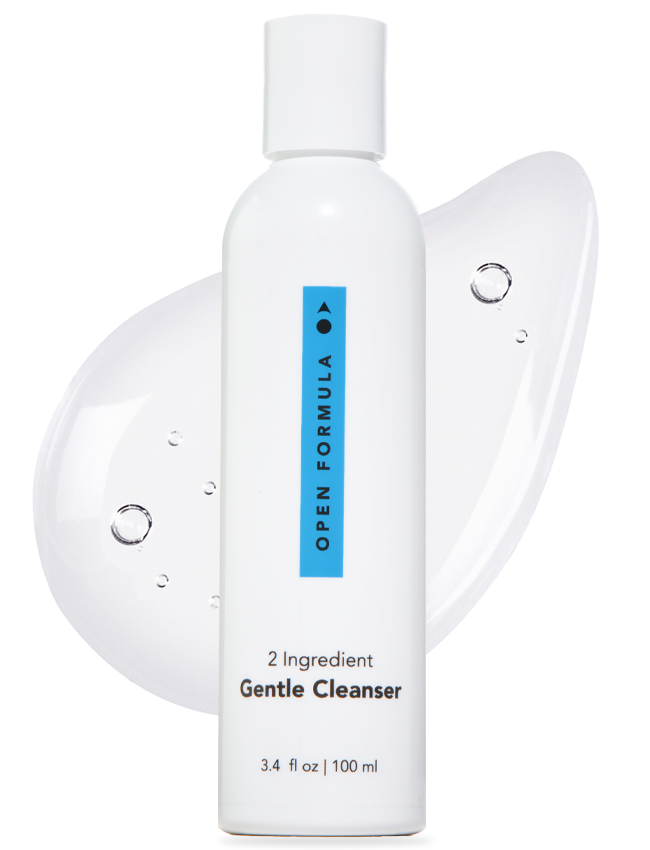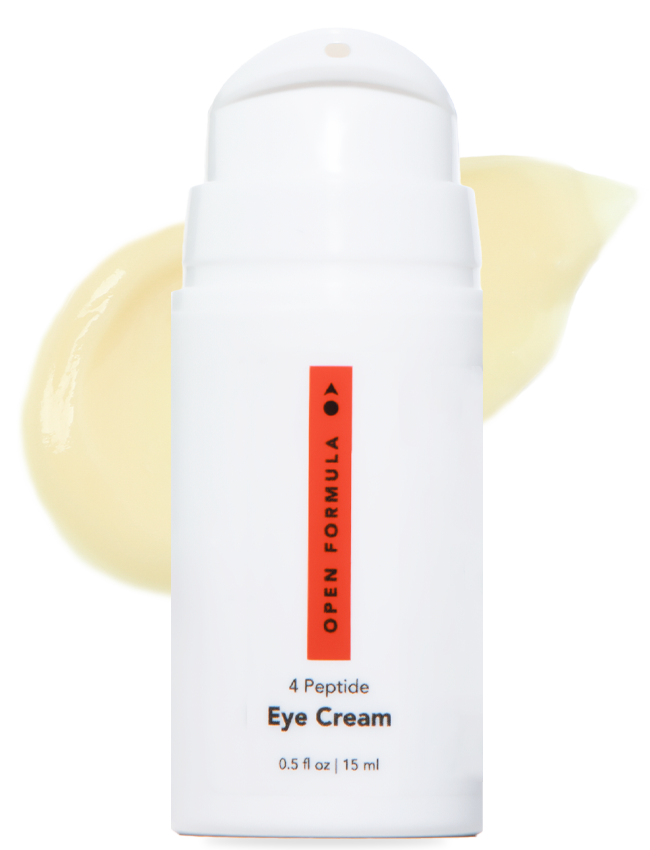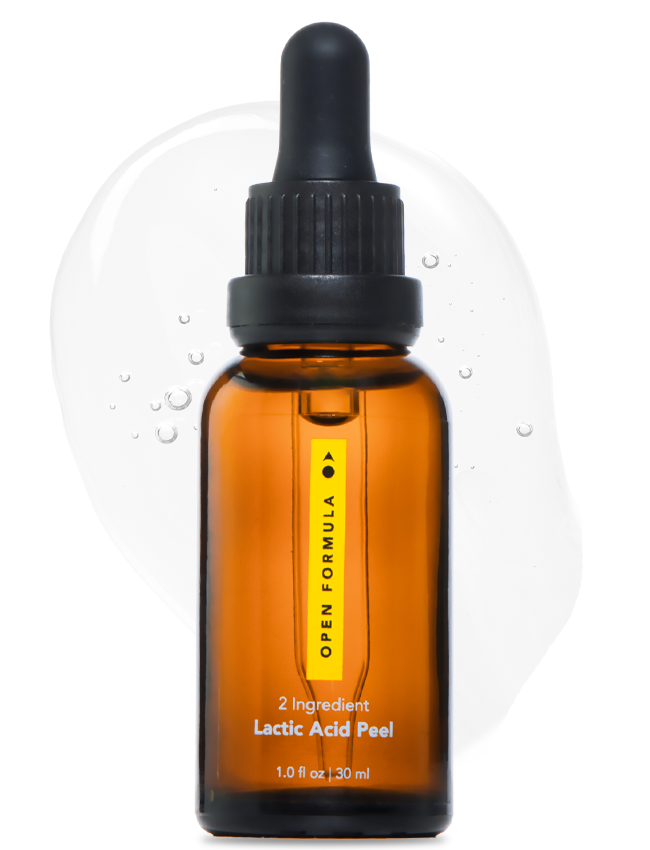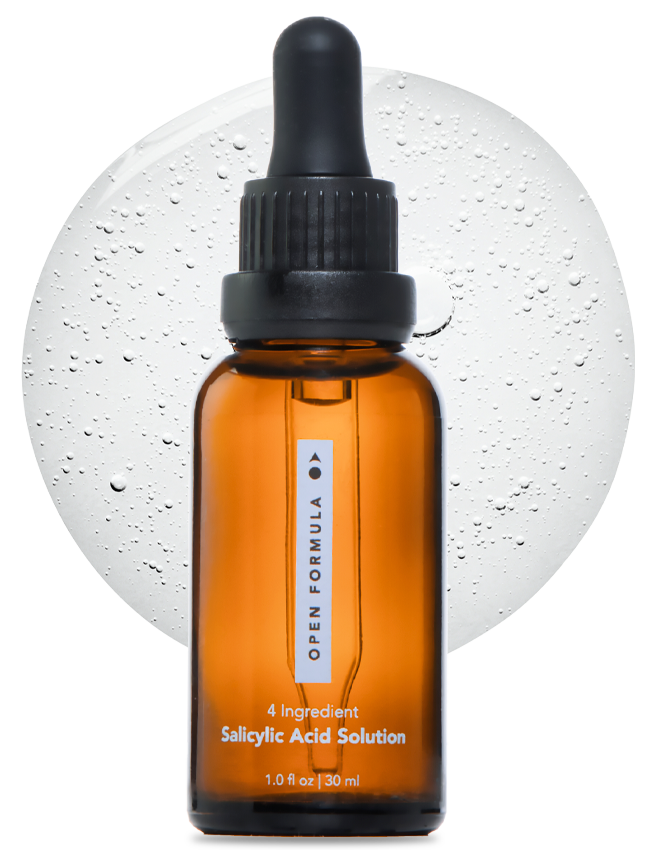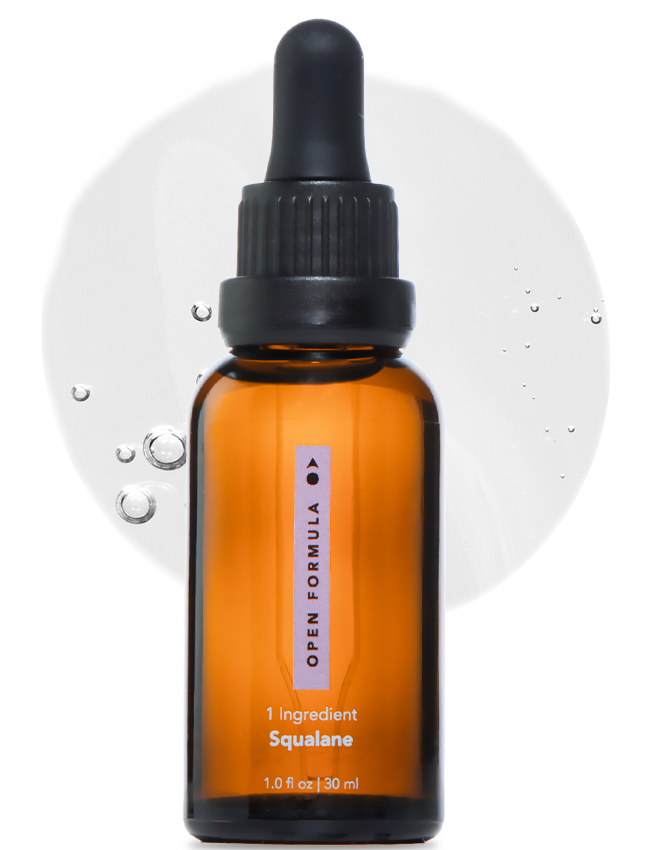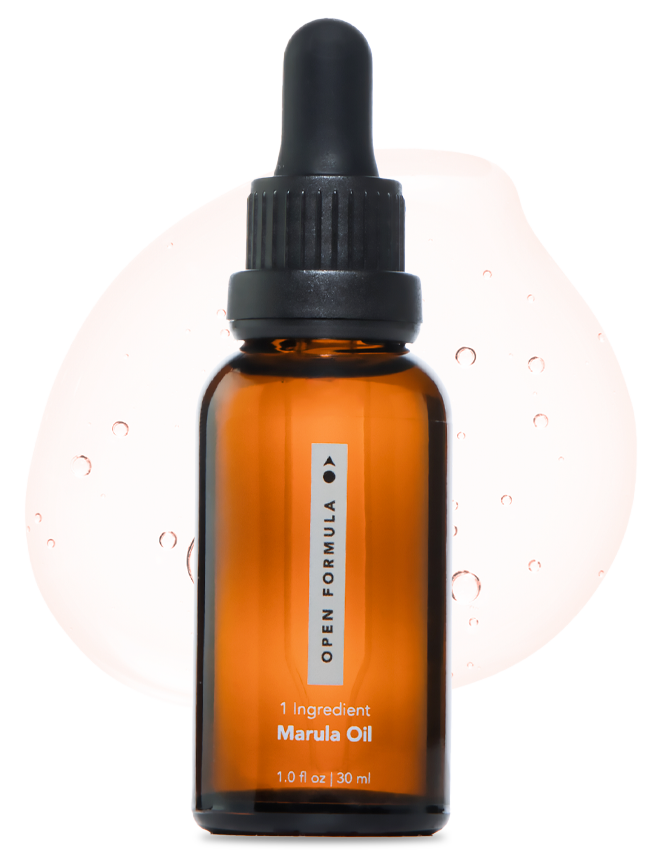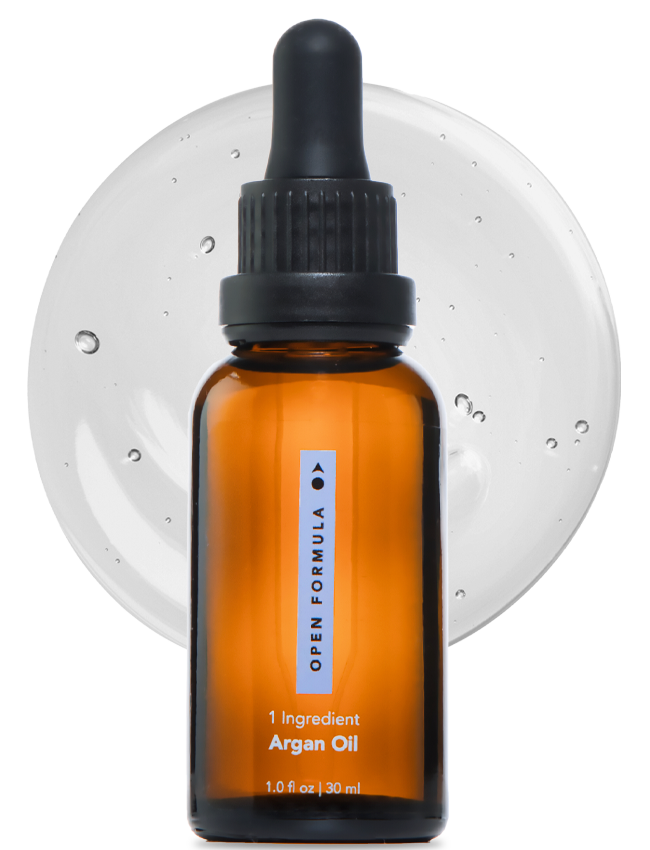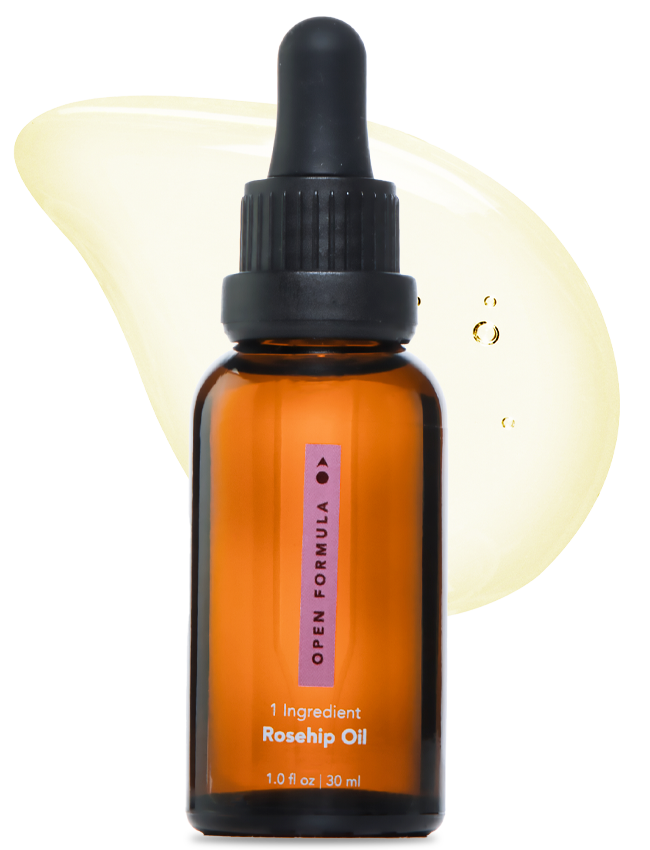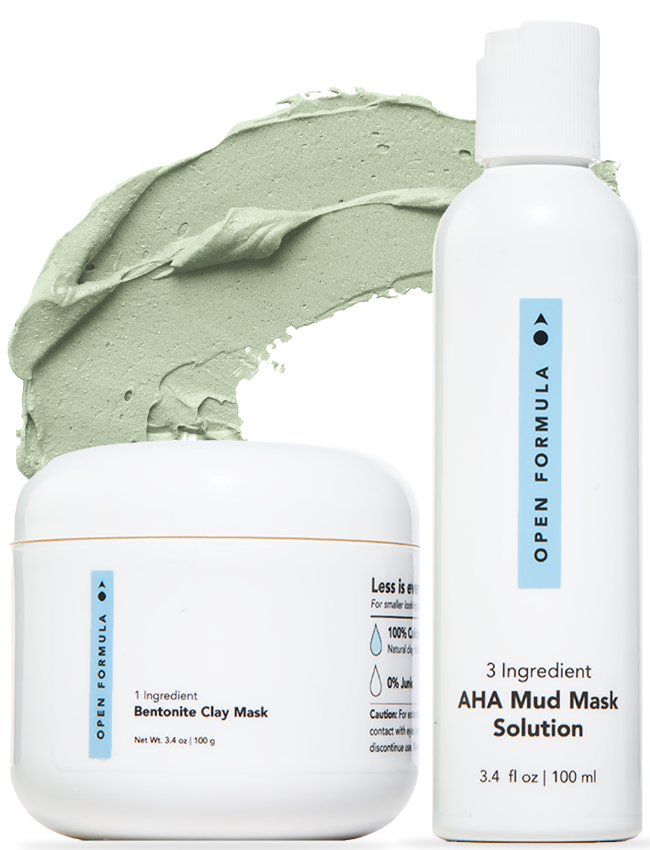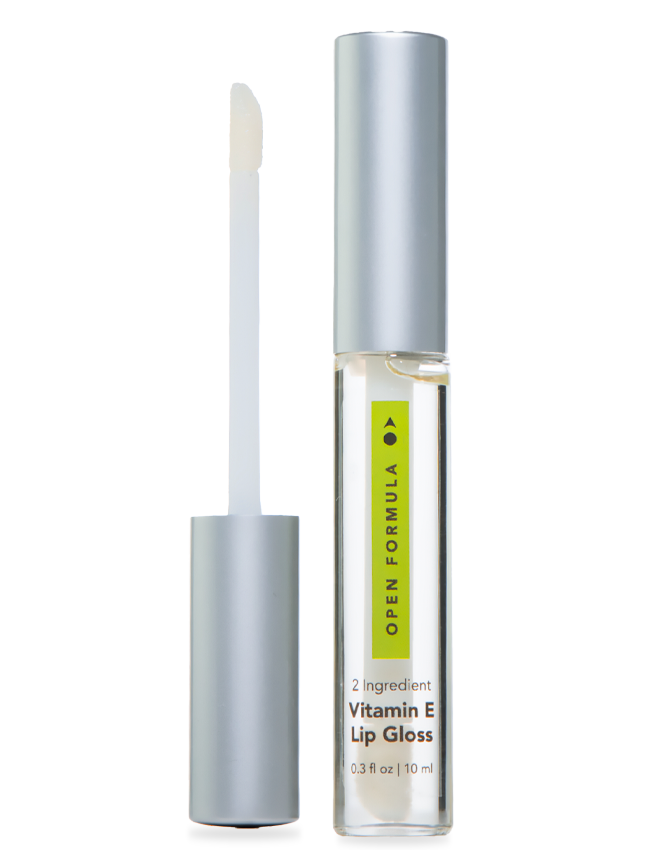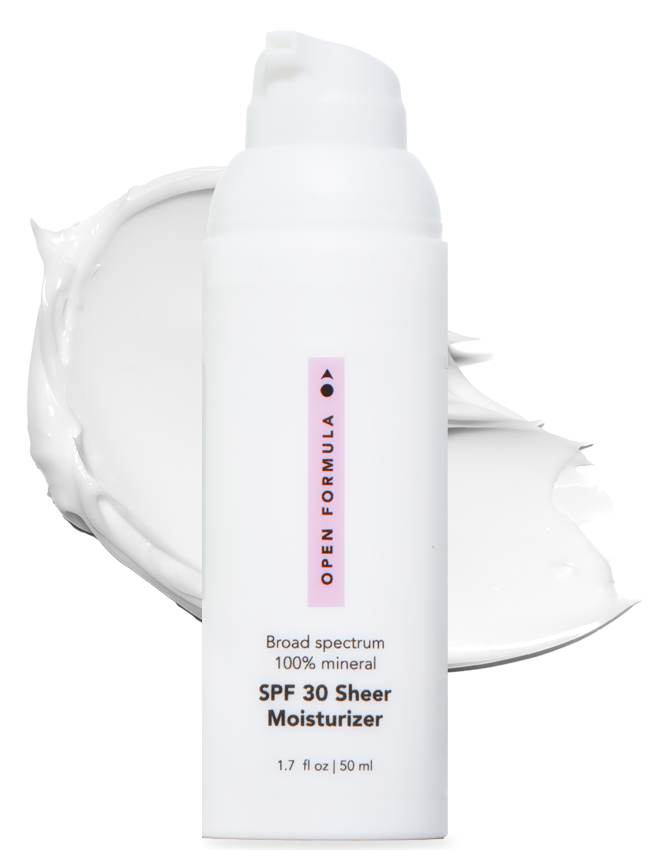1 in 5 Americans will develop skin cancer by the age of 70. More people are diagnosed with skin cancer each year in the U.S. than all other cancers combined. Unprotected sun exposure is also the #1 cause for skin aging. What SPF is best? Is there really a big difference between SPF 30 vs 50? This article will help you make the best choice for your skin and lifestyle.
Why You Need SPF
Skin cancer is preventable with SPF.
Regular daily use of sunscreen protects against skin cancer. No matter the weather, sunny, cloudy, snowing, or raining, put on your SPF. Why? Because the damaging rays from the sun, the UV (ultraviolet) radiation, happen year-round, rain or shine. Even on cloudy days, 40%+ of the UV radiation reaches the earth.
Skin aging can also be slowed down significantly by using sunscreen.
80% of skin aging is caused by the sun. 80 percent! That means by just limiting sun exposure, you are taking strong action in preventing the visible signs of aging skin, like wrinkles, lines, sagging skin, and dark spots.
And NO, it’s never too late. Only 23% of lifetime sun exposure takes place by age 18. Meaning, sun damage occurs all the time, and the effects are cumulative. You can reduce the amount of damage during your adult years by using sunscreen and limiting your skin’s exposure to the sun.
The Three Tips You Need to Know What SPF is Best
TIP #1
Always use a broad spectrum SPF for your face.
There are different types of sun rays, which carry different types of radiation. The two types we care about are the UVA and UVB rays.
UVB rays cause burning. By penetrating just below the skin’s surface, they are responsible for burning and cancer.
UVA rays cause skin aging. They penetrate deeper into the layers of skin tissue and cause more damage and aging to the skin. UVA accounts for 95% of the UV radiation that reaches the Earth's surface.
“Broad spectrum” sunscreen means it protects against both the UVA and UVB rays. So, look for “broad spectrum” on the label.
TIP #2
What SPF is Best 30 vs 50
SPF 30 What does it mean?
The SPF number you see on products ONLY measures protection against the
UVB rays, not the UVA rays.
SPF 30 means that 1/30th or ~3%t of the UVB radiation reaches the skin. In other words, SPF 30 gives you 97% protection against those UVB rays.
SPF 50 What does it mean?
If you use an SPF 50, that means you get 98% protection against the UVB rays. That’s only 1% more than 30. And frequently the higher SPF products, like 50, cost more. And if you have to pay 30-50% more to get only 1% more protection, is it worth it?
When you consider SPF 15 vs 30 vs 50, generally, the higher the SPF, the better. But SPFs that are higher than 30 means the additional protection is minimal.
Whether you choose a broad spectrum SPF 30 or 50, matters much less than using sunscreen daily every morning. And reapplying throughout the day if you are outside.
TIP #3
Mixed UV filters – What are they?
Let's look at what's actually in your sunscreen product. What “protects” you from the sun?
The sunscreen active ingredients
There are two types of active ingredients that give you sun protection. They are called filters. The first type of filter is called mineral actives. The second type of filter is called chemical actives.
Zinc Oxide and Titanium Dioxide are the only two ‘physical’, or ‘mineral’ actives. They work by sitting on top of the skin and REFLECTING the sunlight away.
All the other SPF actives are called ‘chemical’. Their names are hard to pronounce, like Avobenzone and Octocrylene. They penetrate the skin and work by absorbing the sunlight and converting it into heat, which your body then releases.
When they say you should put your SPF on 20-30 minutes before going out, it is to allow for the chemical actives to penetrate the skin so that they can do their work.
An SPF moisturizer with mixed UV filters uses BOTH types of actives so you get both types of protection.
Takeaway
The best offense is a good defense. Take action every day to protect your face with SPF. Look better. And keep your skin healthy.
Look for broad-spectrum UVA and UVB products with a minimum of SPF 30. Know the product you buy. Does it use chemical additives that require 20-30 minutes to absorb into the skin? If so, make sure you follow the directions.
For sunscreens that are also face moisturizers, check out Open Formula’s SPF products here.

